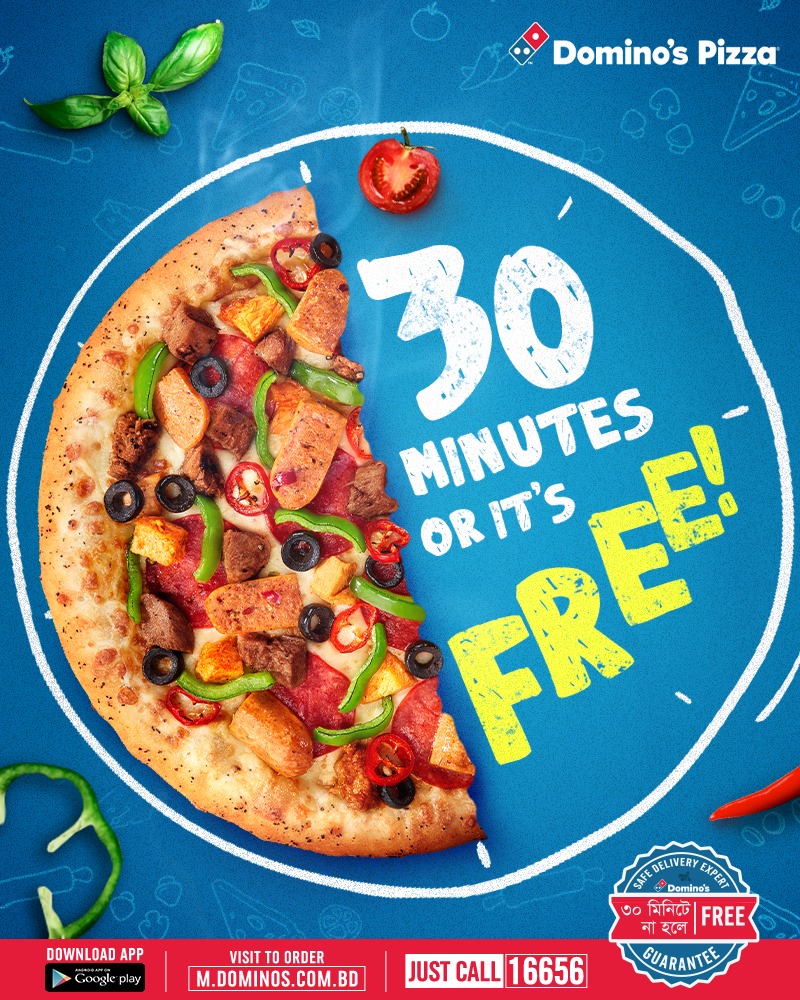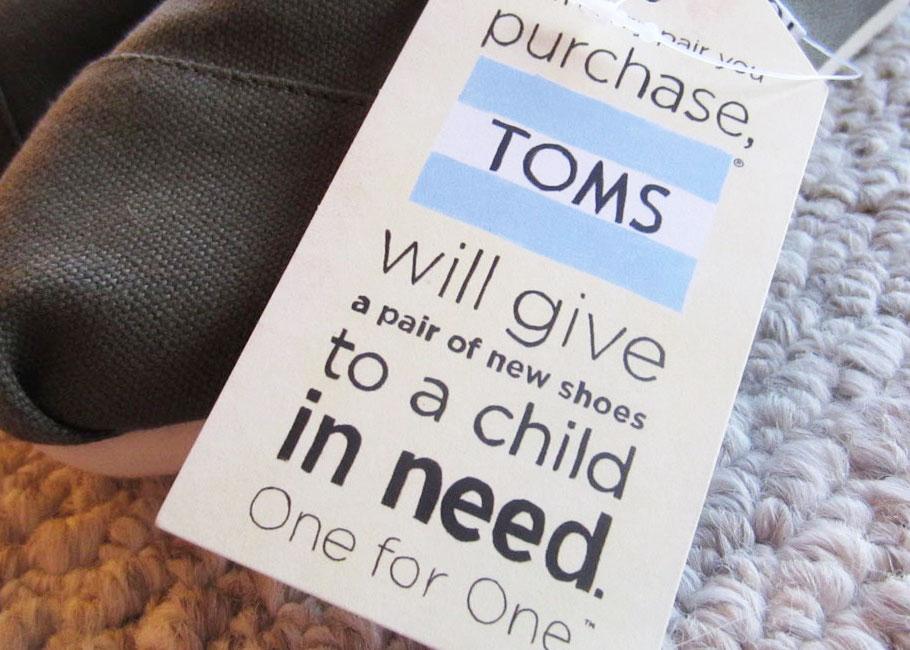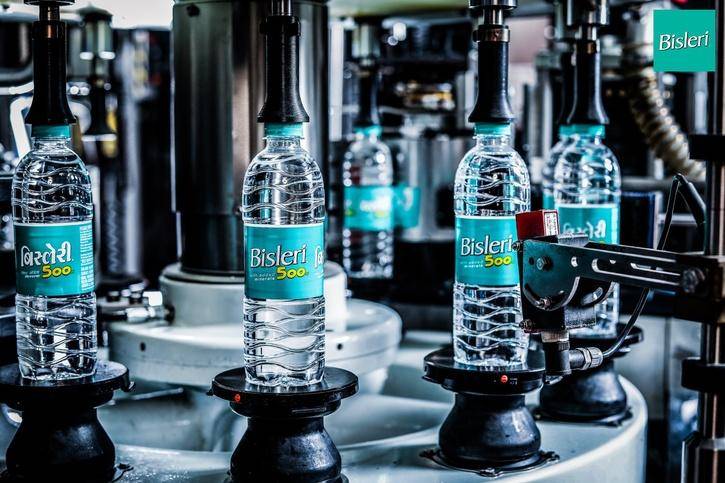Living the Promise: Building Trust by Keeping It Real

By aligning words with actions, meeting expectations, and adapting to changing needs, brands build trust, loyalty, and differentiation.
A brand promise is a company’s commitment to its customers and what they can consistently expect when interacting with the brand. It reflects the company’s core values, mission, and aspirations and is the foundation for customer trust and loyalty.
At its best, a brand promise is:
- Clear: Easily understood by customers.
- Memorable: Resonates with the audience.
- Actionable: Something the company can consistently deliver.
Example: Nike: “To bring inspiration and innovation to every athlete globally.”
Nike consistently delivers on this through cutting-edge sportswear, empowering campaigns like “Just Do It,” and collaborations with athletes worldwide.
How to Keep a Brand Promise Real
To keep a brand promise “real,” companies must align their actions with their words. Here are key principles supported by examples:
- Make Realistic Promises
A brand should only promise what it can reliably deliver. Overpromising and underdelivering damages trust and credibility.
Example: Domino’s Pizza promises delivery in “30 minutes or less.” By creating an operational system to fulfil this commitment, Domino’s ensures customer expectations are met, making its promise credible.

- Consistent Delivery Across Touchpoints
Every customer interaction—a product, service, or communication—must uphold the brand promise.
Example: Apple promises “Think Different.” This is reflected not just in innovative products like the iPhone and MacBook but also in their minimalist branding, seamless ecosystem, and customer service.

- Exceed Expectations
While meeting expectations builds trust, exceeding them creates delight. Brands that go beyond their promises create memorable experiences.
Example: Ritz-Carlton empowers its employees to anticipate and act on guests’ needs. A famous example is when a hotel employee mailed a child’s forgotten stuffed toy and a photo book of the toy’s “vacation” at the hotel.

- Evolve With Customer Needs
Brands must adapt their promises to stay relevant in a dynamic marketplace.
Example: Netflix started with DVD rentals but transitioned to streaming, evolving its promise to “Watch anywhere, anytime.” This adaptability keeps Netflix aligned with customer expectations.
- Incorporate Social Responsibility
Modern consumers prefer brands that positively impact society. Delivering on social promises fosters goodwill and trust.
Example: TOMS Shoes: Their “One for One” promise—donating shoes for every purchase—differentiates the brand and strengthens customer loyalty through social impact.

- Seek Customer Input
Understanding customer needs and co-creating solutions ensures promises are relevant and valuable.
Example: LEGO invites fans to contribute ideas through platforms like LEGO Ideas, reinforcing their promise of “inspiring creativity and imagination.”
Challenges in Keeping a Brand Promise
- Overpromising and Underdelivering
Brands often succumb to the pressure of making bold claims to attract attention. Failing to meet these claims leads to customer dissatisfaction.
Example: PepsiCo faced backlash during its “Live for Now” campaign with Kendall Jenner. The campaign promised unity and social justice but failed to deliver a meaningful impact, damaging trust.

- Operational Inconsistencies
A strong promise requires robust systems and processes to back it. Gaps in operations can result in broken promises.
Example: United Airlines faced criticism after mishandling customer service during an overbooking incident, contradicting its promise of caring for customers.
- Adapting to Changing Expectations
Customer expectations evolve rapidly, and failure to adapt can make a brand promise obsolete.
Example: Kodak promised high-quality film photography but failed to adapt to the digital age, losing relevance despite its legacy.
- Intense Competition
Competitors may replicate or outperform a brand’s promise, diluting its uniqueness.
Example: Fast-food chains like McDonald’s and Burger King often struggle to differentiate their promises of quality and affordability due to intense competition in the same segment.
Conclusion: The Power of Keeping It Real
A brand promise is a commitment that defines a company’s relationship with its customers. By aligning words with actions, meeting expectations, and adapting to changing needs, brands build trust, loyalty, and differentiation.
However, to keep it “real,” brands must navigate challenges like operational consistency, evolving expectations, and competitive pressures. As the saying goes, “Actions speak louder than words.” In branding, this couldn’t be truer.
When brands keep their promises, customers reciprocate with loyalty and advocacy—creating a cycle of trust and success.



